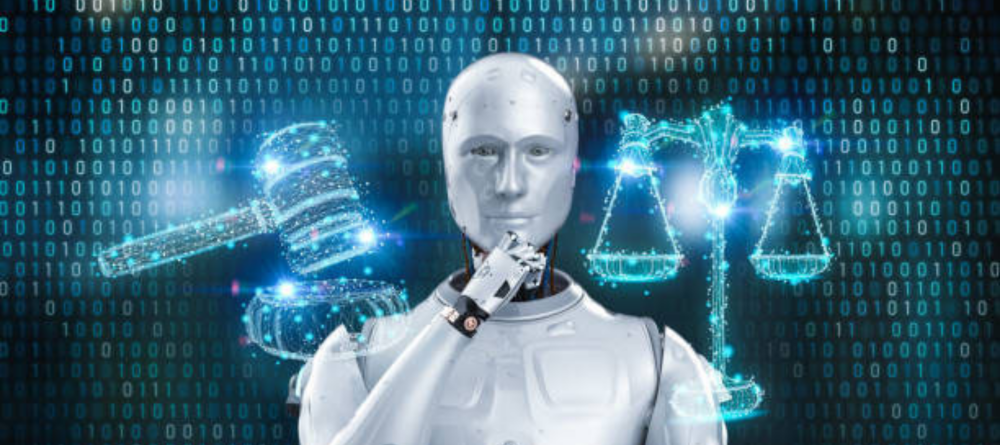Intellectual Property Rights and AI: An Overview
Intellectual Property Rights and AI: An Overview
Intellectual property rights encompass a bundle of rights that grant holders the authority to prevent unauthorized use of their works, inventions, trademarks, or designs. These rights were formalized through international agreements like the Paris Convention (1883) and the Berne Convention (1886), which established minimum standards for IP protection. One key objective of these rights is to promote science and arts, as outlined in various legal frameworks, including the U.S. Constitution.
Regardless of the justification theory in use, IP laws primarily focus on the creative outputs of individuals. However, advancements in artificial intelligence, particularly generative AI technology, pose new challenges to established IP law.
Challenges Posed by Generative AI
A central question in this field is whether products generated by AI can be protected under existing intellectual property rights. Traditional IP frameworks typically require human authorship or inventorship, which means that recognizing AI as an author or inventor is currently not possible.
However, the significant role of human input in creating AI-generated Works or inventions cannot be ignored. Legal scholars and IP attorneys have been actively exploring this question, leading to various theories and even some court decisions on the matter. Intellectual property offices, such as the United States Patent and Trademark Office (USPTO) and the European Patent Office (EPO), have also issued guidance on AI-related IP issues.

Data Training and Copyright Concerns
Another significant issue with generative AI is the training of AI models using data, which may be protected by copyright or related rights. A fundamental question arises: can AI developers utilize copyrighted materials for training without the consent of the rights holders? Different jurisdictions are approaching this matter in varying ways. For instance, Japan has introduced broad text and data mining (TDM) exceptions, while the TDM exception under the EU’s Digital Single Market is more limited. In the U.S., a recent court ruling concluded that using copyrighted data does not fall under the TDM exception, adding further ambiguity to the legal landscape. As ongoing cases continue to unfold globally, the responses from different countries will be critical in shaping the future interface between AI and IP law.
Need for Harmonization
However, observing different national approaches is not sufficient. We must also consider whether broad TDM exceptions align with international agreements. If they do, such divergences could undermine the coherence of the international IP system. While different jurisdictions may not align on every issue, harmonization is essential for protecting the interests of rights holders and facilitating international trade, as illustrated by various international treaties.

In summary, the relationship between AI and IP law reflects a dynamic and complex discussion. I am excited about the opportunity to contribute to this discourse by writing an overview on AI and IP law, as requested by the ALIA. I am not only eager to support this student initiative but also to celebrate the impactful work being done. Moreover, I would like to extend my heartfelt thanks to the three other writers—Ms. Pınar Bakırtaş, Ms. Söğüt Atilla, and Mr. Axel Contreras—for graciously agreeing to contribute to this project. I truly believe that their expertise and inspiration will greatly benefit undergraduate students. Despite their busy schedules, they have shown a commitment to supporting this journal edited by student initiative. Once again, I would like to thank them very much for their invaluable contributions.
